A Dream Lost in Time.
From a far gone era, they once reigned the vastness of our oceans, lands and skies. Today, fossils are among the few remains that prove that they once roamed our planet. Drastic changes in the environment set off the painfully slow demise of more than a thousand species; leaving only their footprints and bones as evidence that they once thrived in a better yesterday.
Today, we are fortunate to find dinosaurs walking amongst us; a drive through town or a morning walk in the city will reveal a time lost in itself as remnants of the past begin to appear and lumber about as they continue with their stubborn existence. Antiquated business models, mulish business ideologies, musty competitive strategies, out of date promotional tactics; all characteristics of businesses that barely register a pulse as their ailing hearts gasp their final beats. These are the dinosaurs that still roam amongst us.
A successful business is a set of assets and capabilities (“know how”) that fulfills the needs of an under-served or over-served market. In order to remain successful, or at the very least competitive in the long term, businesses must understand the transience of their existence. Changes in the markets challenge businesses’ ability to fulfill the new consumer needs by removing their value chains’ ability to create value; having the ability to manufacture large volumes of low quality products at low prices moves to the wayside when consumers demand higher quality products and are willing to pay a premium for them, as an example.
Consumer trends are the amorphous leader that dictates the market’s needs and perceived value. Our growing confidence in the speed of digital has made changes in consumer trends harder to catch up with as they mimic the ebb and flow of the tides; rendering us incapable of setting a stake in the ground at the water’s front from which to build on as most businesses did in the past. Today, we see consumer centered businesses uprooting their foundations and setting sail into uncharted waters; reaping unfathomable benefits and achieving ungodly growth. These businesses have learned that they can adapt their value chain to the market’s demands by continually making minute adjustments to the way in which they source and transform raw materials; pursue diversity, equality and justice in the workspace; and market and promote their goods and services to consumers. At the end of the day their brand’s offer has remained the same, emanating the same essence; but delivering it in a manner that is adapted to the current circumstances.
We have all seen videos of fire hoses erratically whipping around as a newbie fireman tries to calculate the trajectory of the end and jump on it to control it; what he fails to understand is that the random movement of the hose and the unpredictability of its whereabouts leave him only with chance. Too many businesses rely on this tactic as a strategy; insisting on arduous work and chance rather than adopting an intelligent and calculated approach to resolving challenges through observation.
How many giants have we seen sluggishly tumble to their peril because they were unable to adjust to the nature of business; human nature? We have to remember that markets are made up of actual human beings; chasing their own dreams, viewing the world through their experiences, searching for their place in life. It is human nature to pursue, to move forward, to seek a meaningful existence in a changing world.
Going beyond our current capabilities, we can evolve with the markets when we look not at what we are now, but envision what we can become for our consumers.
Understanding the ephemeral nature of our competitive advantage in the long term within the ever changing ecosystem frees us from becoming another memory in the books of prehistory.

